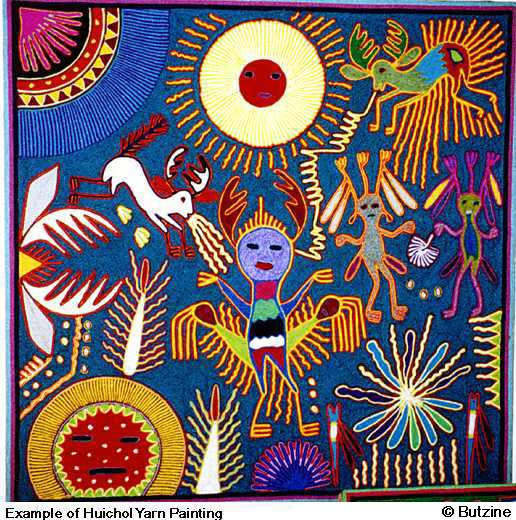
Art, Shamanism, and Entoptic Images
Huichol Yarn Paintings
The Huichol are a native people of Mexico for whom the hallucinogenic peyote and San Pedro cacti are sacred. Their yarn paintings record images and mythical themes experienced in trance states under the influence of the sacred plants.

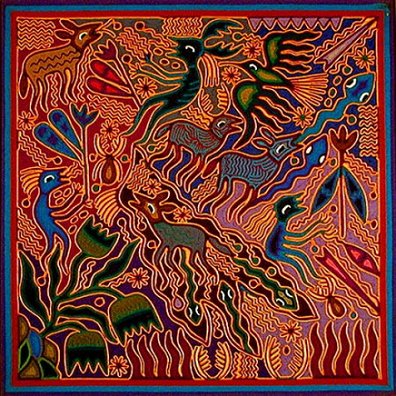
Shamanism
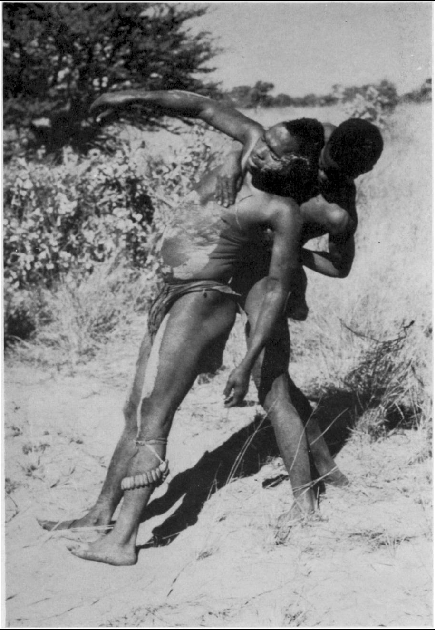
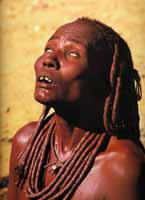
San Bushman shamans experiencing "boiling energy," which is said to originate in the belly, run up the spine, and enter the brain, inducing intense states of trance

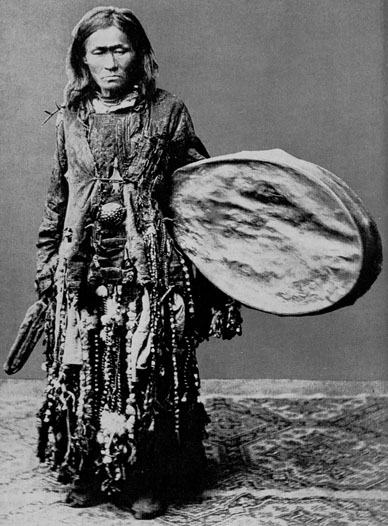
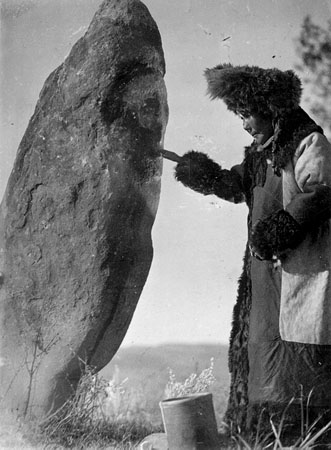

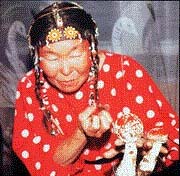
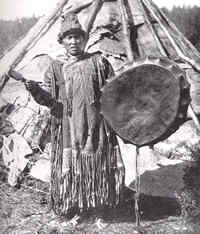
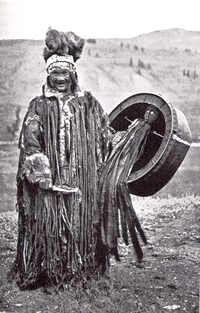
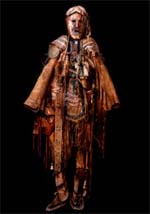
Siberian and Mongolian shamans
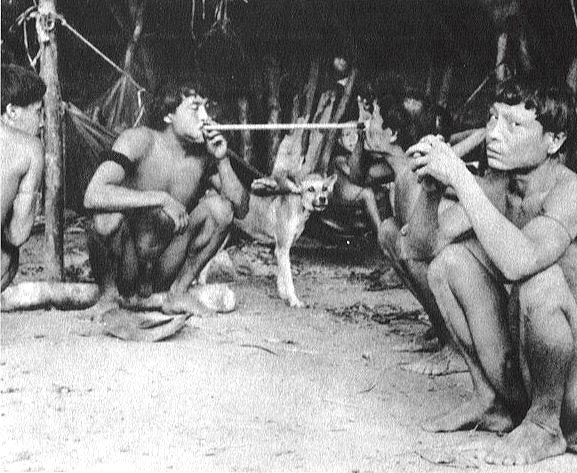
Yanomamo men inhaling hallucinogenic snuff
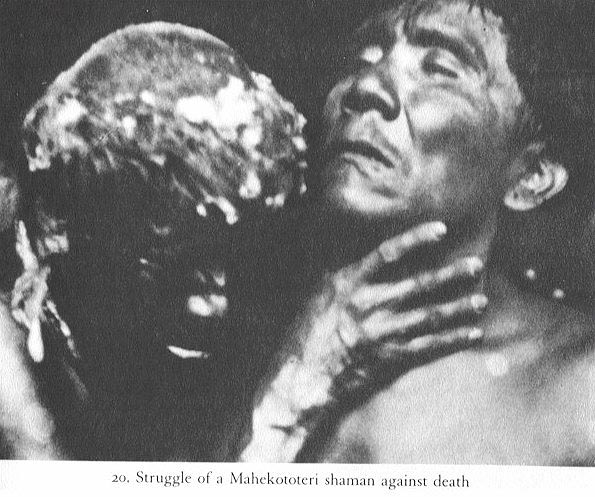
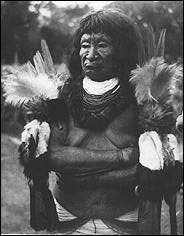
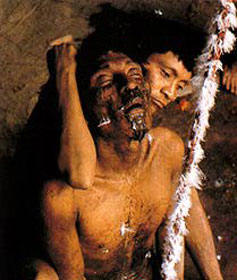
South American shamans
Entoptic Form-Constants







Entoptic "Form-Constants" (The basic repertoire of brain-generated geometrical images)
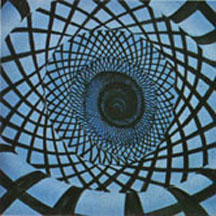
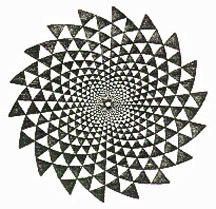
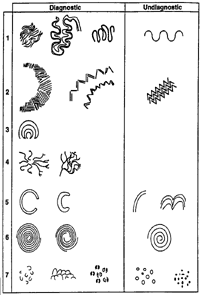
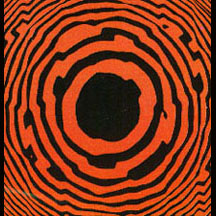
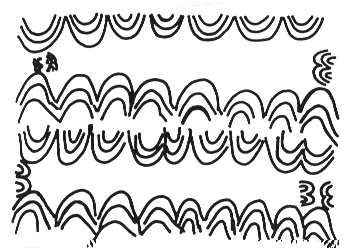
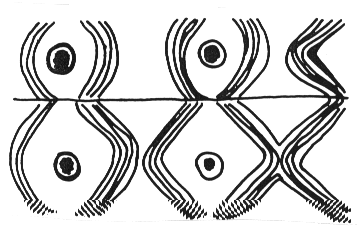
Spatially transformed versions of the form-constants
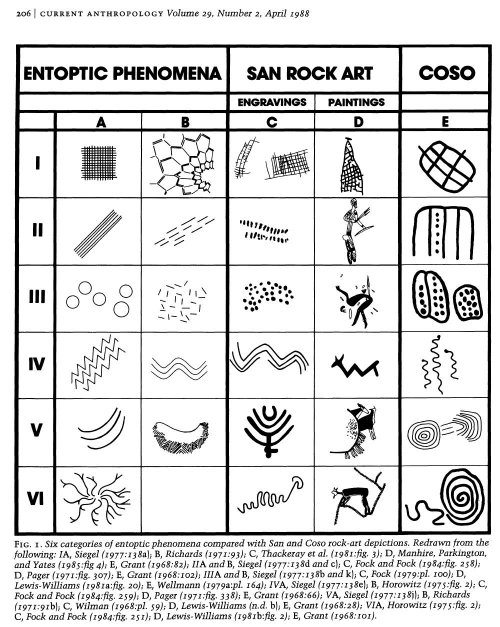
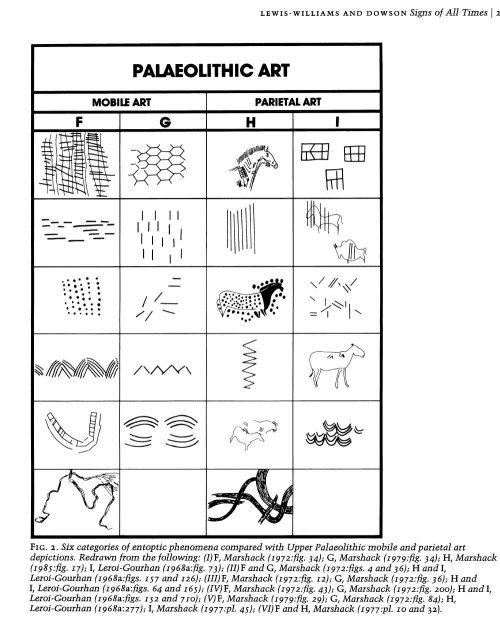
Chart, shown in two parts, in which Lewis-Williams attempts to demonstrate that Paleolithic cave images, as well as those of the Bushman tribes, are spatial transformations of the entoptic form-constants
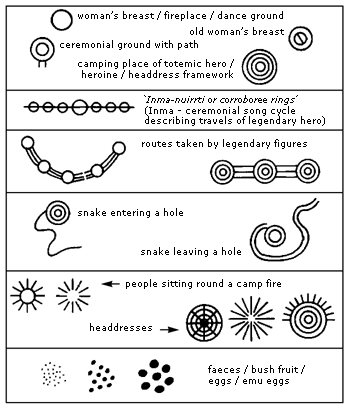
Australian Aboriginal Entoptic Imagery
Neuroscience of Geometric Hallucinations
Neuroscientist Paul Bressloff and his colleagues at the University of Utah have developed, in Bressloff's words, "a theory of geometric visual hallucinations based on the original idea of Ermentrout and Cowan that some disturbance such as a drug or flickering light can destabilize the visual part of the brain inducing a spontaneous pattern of cortical activity. The geometry of the resulting hallucination thus reflects the intrinsic architecture of the visual cortex." In normal visual perception, we see objects in the external world by means of information conveyed by light of various frequencies, intensities, and orientations stimulating an appropriate set of retinal cells inside the eye. The retinal pattern is transformed in a systematic way as it is processed by the intermediate and ganglion cells that connect the retina with the optic nerve. The processed pattern is then transmitted to the lateral geniculate nuclei (LGN), two small ovals of nerve tissue in the temporal lobes of the brain. From there it is relayed to the primary visual cortex (V1), the outer layer of tissue in the occipital lobes. Basic shapes, spatial orientations and directions of motion are encoded here in the form of an orderly mapping of retinal activity into the new medium of the cortex. That map is then transmitted to deeper layers of the visual cortex, as well as "association areas" in the frontal lobes of the brain, for further processing of color, memory, catergorization, and so on. According to Bressloff's theory, geometric visual hallucinations are images, not of external visual objects, but rather of the geometrical structure of the primary visual cortex itself. The neurons that make up the grey matter of V1 are arranged in groups that are distinguished from one another by the kind of visual stimuli to which they are sensitive, especially retinal stimuli that record the direction in which the edges of objects move across the visual field. For example, the neurons in some groups "fire" only if the edge of an object is moving from left-to-right across the visual field, while the neurons in other groups fire when the edge is moving from right-to-left. The boundaries of the various groups of neurons mark off the basic geometry of the primary visual cortex. Under certain conditions, including sensory deprivation, rhythmic music, flickering lights, and the ingestion of hallucinogenic drugs, the equilibrium of the primary visual cortex, it's normal pattern of activity, is destabilized. The primary visual cortex must then discover a new pattern of neural firing into which it can temporally settle. Bressloff demonstrates mathematically that the entoptic "form-constants" - which we now know appear in cave art - are precisely the patterns that constitute a new state of equilibrium.
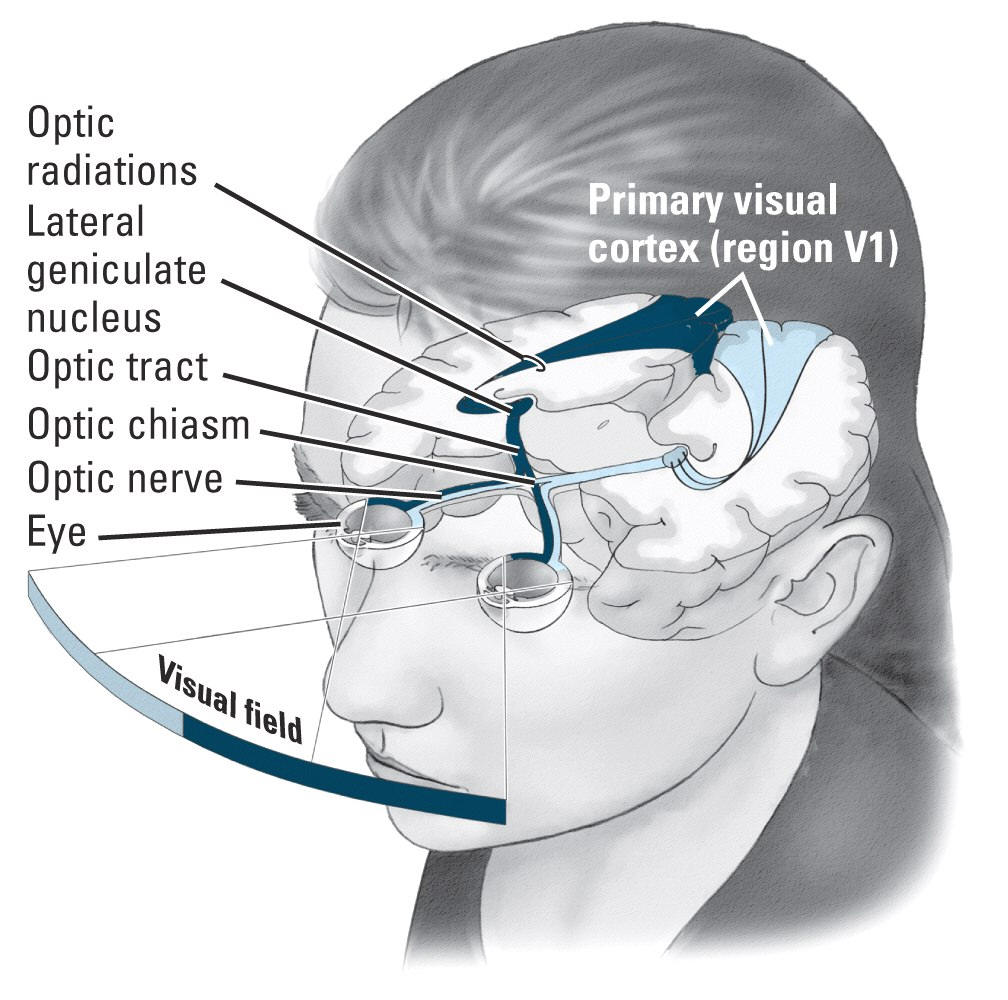
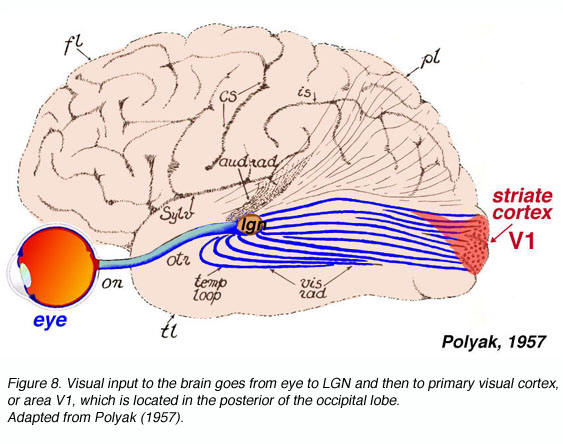
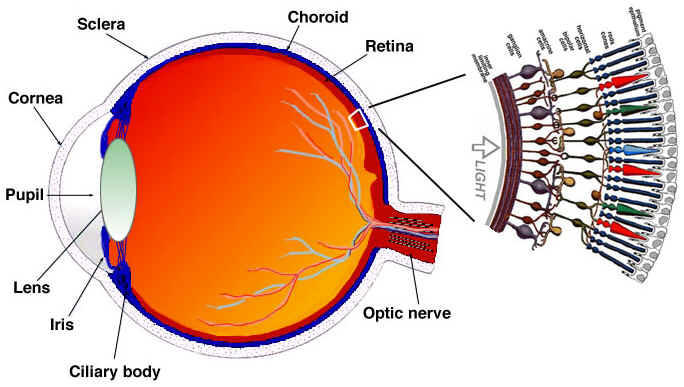

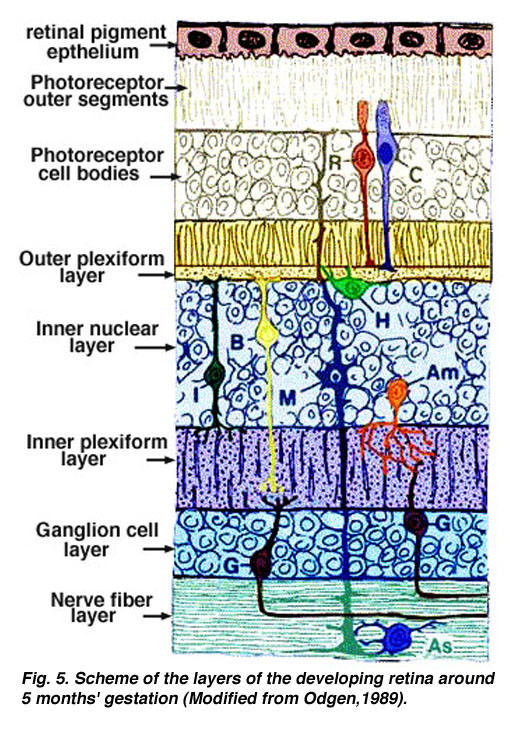
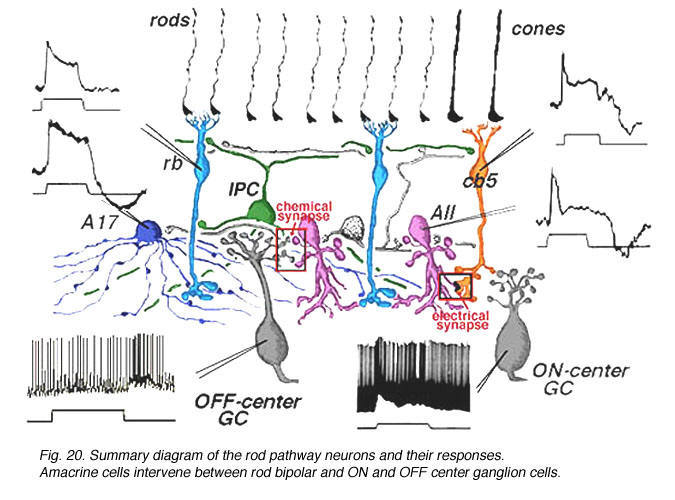
The ON-Center and OFF-Center ganglion cells encode spatial orientation (e.g. left-to-right moving edges).
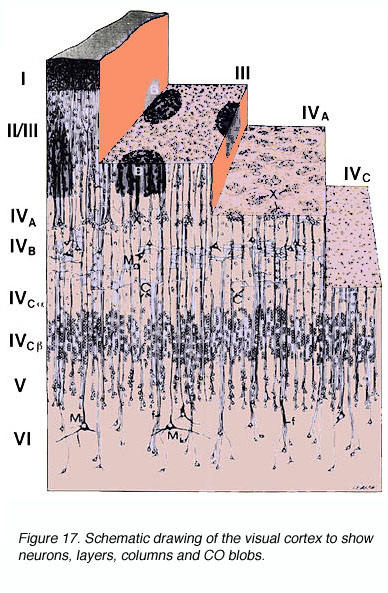
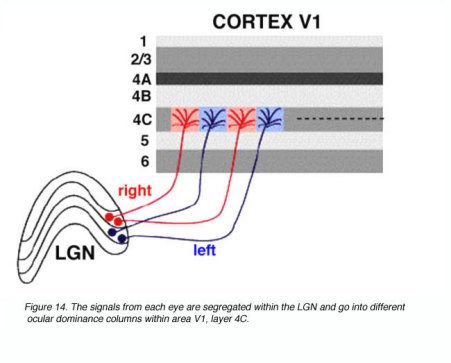
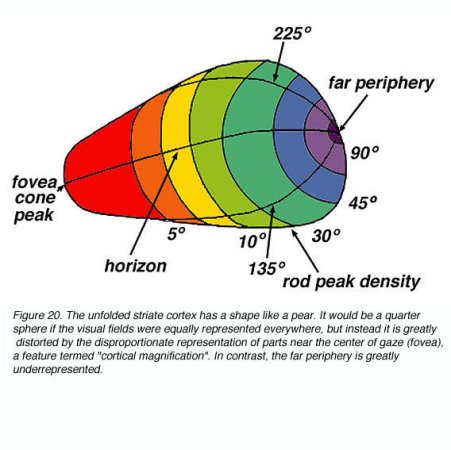
"Striate cortex" is another name for the primary visual cortex (V1).
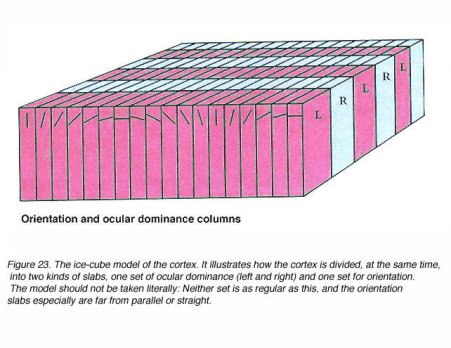
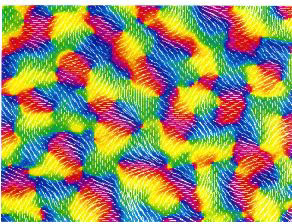
Distribution of orientation patches revealed by optical imaging [Courtesy of Gary Blasdel]
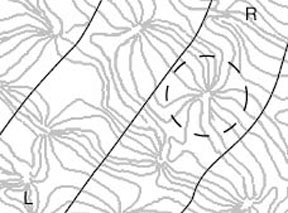
Orientation pinwheels
According to Bressloff: "The laterally spreading connectional fields made by pyramidal cells in superficial layers of V1 are broken into regularly spaced patches. These patchy lateral connections, which can extend up to 6mm in cortex, appear to link neurons with common functional properties such as orientation preference." Bressloff's account
When mathematically transformed in accordance with their "symmetry properties" as a result of brain destabilization, the pinwheels become entoptic images.
These

become these







Neuroscience Is Not Enough
The brain physiology behind entoptic imagery does not in itself demonstrate conclusively that the geometric forms on the walls of Paleolithic caves are records of shamanic experiences. If that were the case, then we would have to conclude that all artistic representations of entoptic images originate in shamanism, since they are all created by people with a common neurological makeup. But brains do not operate in isolation. They are parts of whole human beings who live in social groups, and these groups must secure the material conditions of their existence by acting on the natural world. What establishes the plausibility, though not the certainty, of the shamanic interpretation of Paleolithic cave art is the recognition that the people who created them share with the San Bushman, as well as other indigenous hunting communities, a common way of making a living. Hunting big game in small communal bands requires great intimacy with the animals. The shamans who live in "primitive" hunting communities cultivate such intimacy in their travels to the spirit world. The neurophysiology of entoptic imagery and other "hallucinatory" experiences make these journeys possible, but whatever significance they possess can be understood only in the context of the mode of livelihood of the people who fixed them in paint.
Readings
Altered States The Origin of Art in Entoptic Phenomena
Met Special Topics Page: San Ethnography
Neuroscience of Geometric Hallucinations